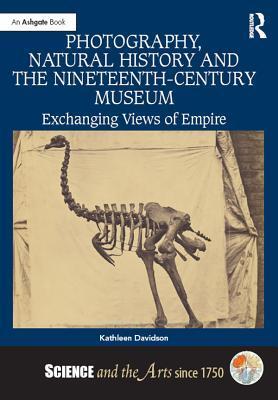
Photography, Natural History and the Nineteenth-Century Museum: Exchanging Views of Empire
No ratings yet
Romance
Science & Technology
History
+1
more
Format
eBook
Pages
234
Language
English
Published
Dec 2, 2017
Publisher
Routledge
ISBN-10
1351106880
ISBN-13
9781351106887
Description
Kathleen Davidson explores the intricate relationship between photography and natural history during the transformative Victorian era. This period saw a remarkable shift in how individuals engaged with the natural world, heavily influenced by the advent of photography as a tool for documenting and understanding various species and landscapes. Davidson delves into how museums served as significant venues for these exchanges, showcasing the wider implications of visual culture and the role of empire in shaping perceptions of nature.
As photography became increasingly accessible, it offered a new lens through which to view the natural world. Davidson argues that this medium not only influenced the scientific community but also the general public’s appreciation for nature and its complexities. The author intertwines narratives of exploration and discovery with an examination of the ethical considerations surrounding representation, colonialism, and the commodification of natural history artifacts.
Through meticulous research and engaging storytelling, Davidson situates these developments within the broader context of empire, shedding light on how cultural exchanges impacted both the fields of photography and natural history. This examination reveals the ways in which Victorian institutions curated knowledge, creating a legacy that continues to resonate in contemporary discussions about nature and representation.
As photography became increasingly accessible, it offered a new lens through which to view the natural world. Davidson argues that this medium not only influenced the scientific community but also the general public’s appreciation for nature and its complexities. The author intertwines narratives of exploration and discovery with an examination of the ethical considerations surrounding representation, colonialism, and the commodification of natural history artifacts.
Through meticulous research and engaging storytelling, Davidson situates these developments within the broader context of empire, shedding light on how cultural exchanges impacted both the fields of photography and natural history. This examination reveals the ways in which Victorian institutions curated knowledge, creating a legacy that continues to resonate in contemporary discussions about nature and representation.
Reviews
Reading Log
No reading logs found
Start tracking your reading progress to see logs here
Add Your First Reading LogNotes
Transaction Log
No transaction logs found
Start tracking your book transactions to see logs here
Add Your First Transaction Log